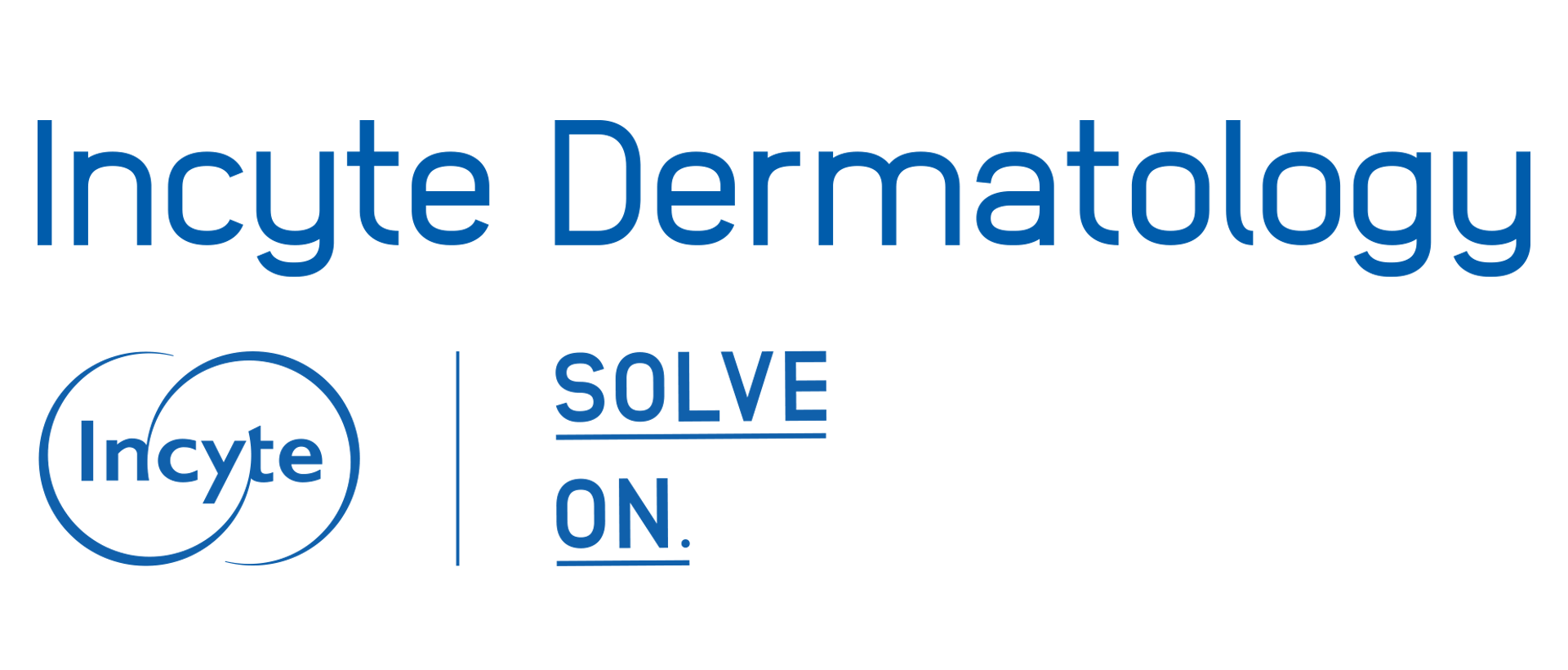The profound dermatological manifestations of COVID-19: Part II

By Warren R. Heymann, MD
March 25, 2020
Vol. 2, No. 12
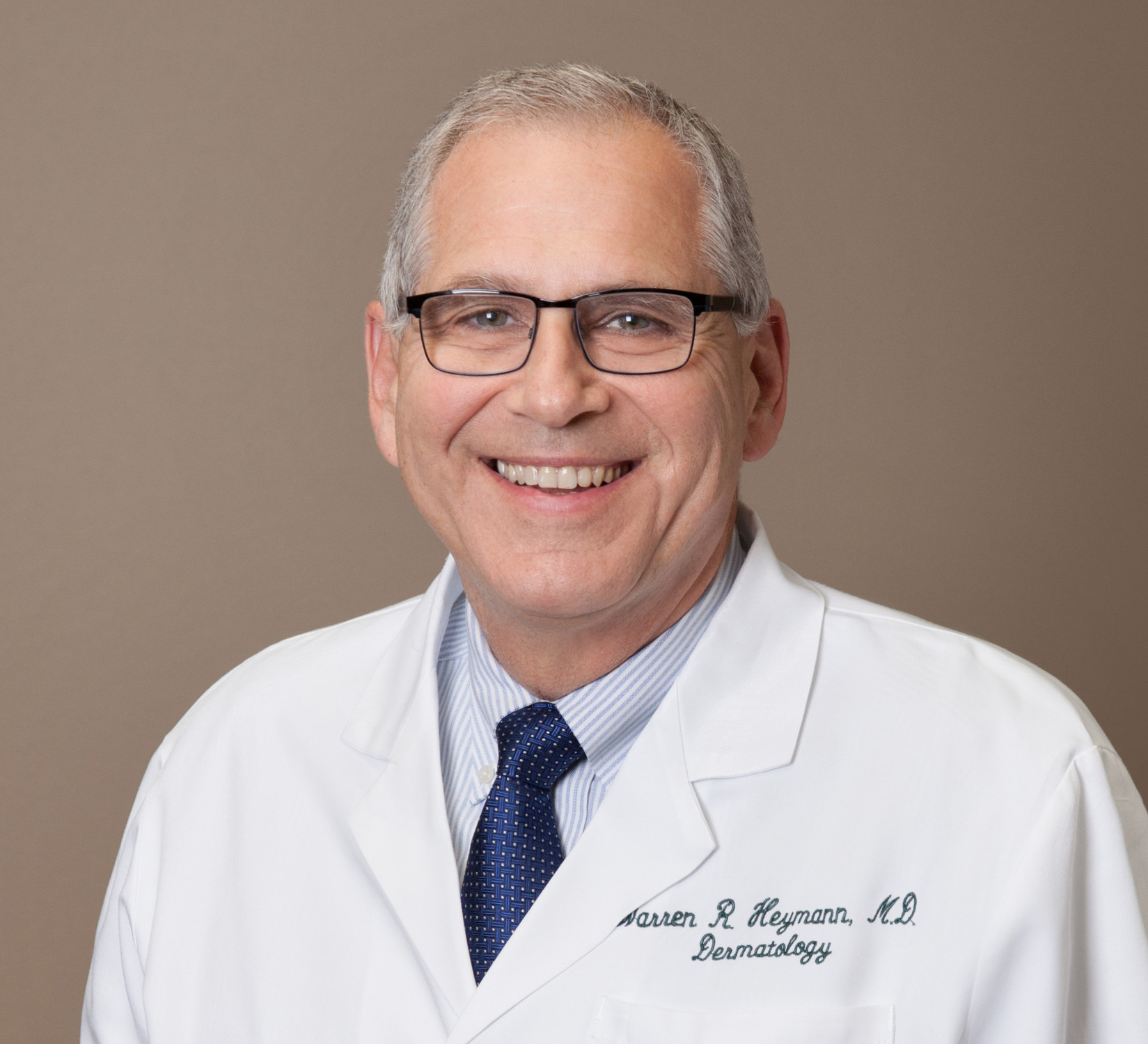
Disclaimers: This commentary was written on March 17, 2020 for a publication date of March 25, 2020. The issues related to the COVID-19 pandemic are changing like lightning. The content included in this commentary may no longer be factual or relevant by the publication date. The reader is encouraged to stay abreast of developments via the CDC and local government and institutional health care authorities. The AAD has instituted the valuable resource “Protecting your patients and practice during the COVID-19 outbreak.”
Now for more disclaimers. Dermatology World Insights and Inquiries (DWI&I) has just completed its first year. Prior to that, it was my proprietary website, Dermatology Insights and Inquiries (DI&I). Anyone who has ever been in solo dermatological practice can attest to the joy of running your own ship. Periodically, I would write unreferenced editorials — I have not done that with DWI&I, as it is now owned by the AAD. Because of the gravity of the COVID-19 pandemic, I will make an exception. Please note that any opinion expressed is mine alone, not that of the AAD.
I concluded part I with Hillel’s teaching: “If I am not for myself, who will be for me? If I am not for others, what am I? And if not now, when?”
Our practice has made the decision to remain open for urgent and emergent cases. We have implemented the recommendations offered by Dr. Rosenbach listed in Part I. I am so incredibly proud of my colleagues, staff, and residents for their dedication and resilience in this crisis situation. Regardless of the fact that I am at the age of risk for COVID-19 (my Medicare card arrived in the mail yesterday!), I cannot stand idly by. I am as careful as possible with repeated hand washing and keeping distance between myself and others. I even stopped wearing a tie should it be a source of transmission (that is just a hypothesis, but it gives me an excuse to let my neck breathe! See image). Our mutual decision not to close the office is based on the precept that it is best for us to see patients with significant illness in our office rather than have them go to an overburdened emergency room. A good example was a 90-year-old woman I saw yesterday with a rapidly expanding, painful keratoacanthoma of her right wrist. Unfortunately, other patients have not heeded the message that they should stay home. Yesterday, a family of four arrived, with a mother concerned that she noted a solitary molluscum lesion on her son’s knee and wanted it removed before it spread. I will not print what I was thinking. Yesterday, 20 patients arrived out of a scheduled 30. Aside from the elderly woman, every other patient could have — indeed should have — rescheduled. We made much better progress today, with only 5 patients on my schedule. The “appropriate ratio” (AR) improved to 40% as one young woman had cellulitis and another patient had a large, secondarily infected cyst requiring incision and drainage. We will strive to get our AR to 100%.

Aside from our patients, our staff is very anxious about exposure and their livelihood. It was essential to meet with the entire staff in a town hall type setting, explaining the rationale behind our decisions, and assure them that their safety, and that of our patients, is our foremost responsibility. There was complete honesty and transparency. There is so much that is speculative, and the situation so fluid, that we have opted to have a daily briefing. What works today may be worthless tomorrow. We need to garner morale for the health of our patients and practice. We have instructed our front desk staff to screen appointments by asking the simple question — if you do not come here are you going to the emergency room? We are also encouraging telehealth. It is fascinating that there is reluctance for its utilization — not for the technology, but for the concept that patients may have to pay for the service if insurance does not. I anticipate that as this crisis continues for weeks, if not months, people will not be timid about teledermatology.
As the level of anxiety reaches a fever pitch, rumors will spread easily. This was reported today in the New York Times (“Don’t fall for these myths about coronavirus” by Dani Blum) — no, patients should not stock up on vitamin C; no, everyone should not wear masks; yes, get your flu shot, but it will have no impact on coronavirus; etc. It is not just patients. Word is out that antimalarials may be beneficial in those afflicted with COVID-19 pneumonia. I have not had a chance to review the data. Perhaps there is some validity to the concept. If so, I fear that patients will demand chloroquine unnecessarily as a preventive measure. I understand how desperately people want to grab onto anything hopeful. We cannot succumb to irrationality if there is no data to support it.
This Friday, March 20, is Match Day. The usual event has been cancelled — how heartbreaking for these newly minted physicians. I wish every graduate a successful match and a brilliant career. It is my understanding that the Association of American Medical Colleges is recommending that all medical students forego all patient contact during this pandemic. The implications for undergraduate and graduate medical education are profound, mandating creativity to assure that the physicians of tomorrow are adequately prepared.
COVID-19 is our generation’s World War II. Winston Churchill professed: “In war, as in life, it is often necessary, when some cherished scheme has failed, to take up the best alternative open, and if so, it is folly not to work for it with all your might.” The path to success is based on knowledge, which in unprecedented cases such as this, must be accrued and analyzed in real time. At this juncture it is worth remembering an excerpt from Maimonides prayer for the physician: “If doctors wiser than me seek to help me understand, grant me the desire to learn from them, for the knowledge of healing is boundless.” During the high holidays, and other times, I only pray for one thing — koyech (Yiddish for strength). Calamities have always confronted humanity, and this may be the greatest challenge of our lives. I pray that all of us have the koyech and chesed (Yiddish for compassion) for each other, to get us through to a world of health, peace, and wisdom.
Our Associate Editor’s Viewpoint
Danielle DeHoratius, MD
It is with great pleasure that I have been able to work with Dr. Heymann on these commentaries. He has eloquently captured what many of us are going through and things seem to be changing by the minute. There is comfort in knowing many of us are struggling with the same issues. In addition, we are lucky to have physician leaders like Misha Rosenbach in our community to help forge the path under these uncertain times. It is essential that we try and keep patients out of the overburdened emergency rooms. We go through an extensive screening protocol the day before a patient visit to minimize our potential exposure to COVID-19. We ask about any symptoms and travel history. This is in part to take care of our staff.
I hope that some of the dermatologic follow ups will transition well to teledermatology. Many insurers are facilitating telehealth as a way to minimize exposure including governmental plans such as Medicare, which serves the population most at risk for severe disease.
This has truly been an unprecedented time and I fear for what is to come. I want to mention one website that from an epidemiologic standpoint is fascinating. I only wish I was reading about this in a novel and it wasn’t reality. I must look at the bright side…perhaps the antimalarials will be less likely to be on an orphan drug list. Perhaps more family time will result is less of a rat-race schedule of youth sports on the weekends. Hopefully, one day things will go back to normal.
All content found on Dermatology World Insights and Inquiries, including: text, images, video, audio, or other formats, were created for informational purposes only. The content represents the opinions of the authors and should not be interpreted as the official AAD position on any topic addressed. It is not intended to be a substitute for professional medical advice, diagnosis, or treatment.
DW Insights and Inquiries archive
Explore hundreds of Dermatology World Insights and Inquiries articles by clinical area, specific condition, or medical journal source.
All content solely developed by the American Academy of Dermatology
The American Academy of Dermatology gratefully acknowledges the support from Incyte Dermatology.
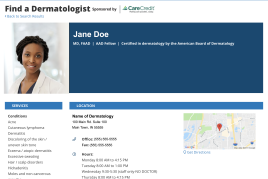 Make it easy for patients to find you.
Make it easy for patients to find you.
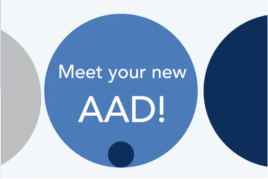 Meet the new AAD
Meet the new AAD
 2022 AAD VMX
2022 AAD VMX
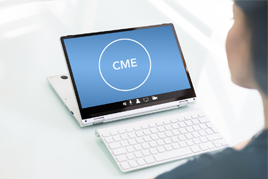 AAD Learning Center
AAD Learning Center
 Need coding help?
Need coding help?
 Reduce burdens
Reduce burdens
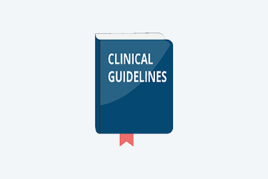 Clinical guidelines
Clinical guidelines
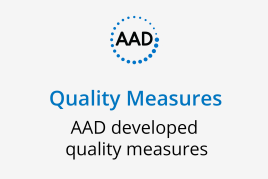 Why use AAD measures?
Why use AAD measures?
 Latest news
Latest news
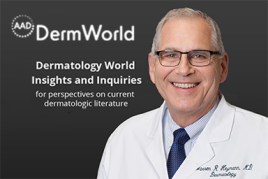 New insights
New insights
 Combat burnout
Combat burnout
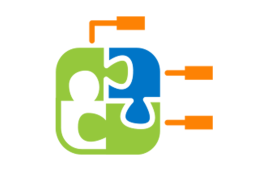 Joining or selling a practice?
Joining or selling a practice?
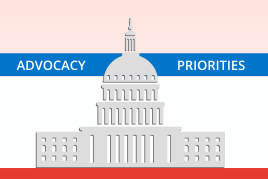 Advocacy priorities
Advocacy priorities
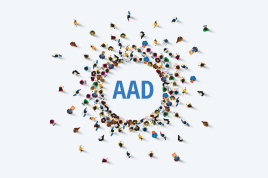 Promote the specialty
Promote the specialty
